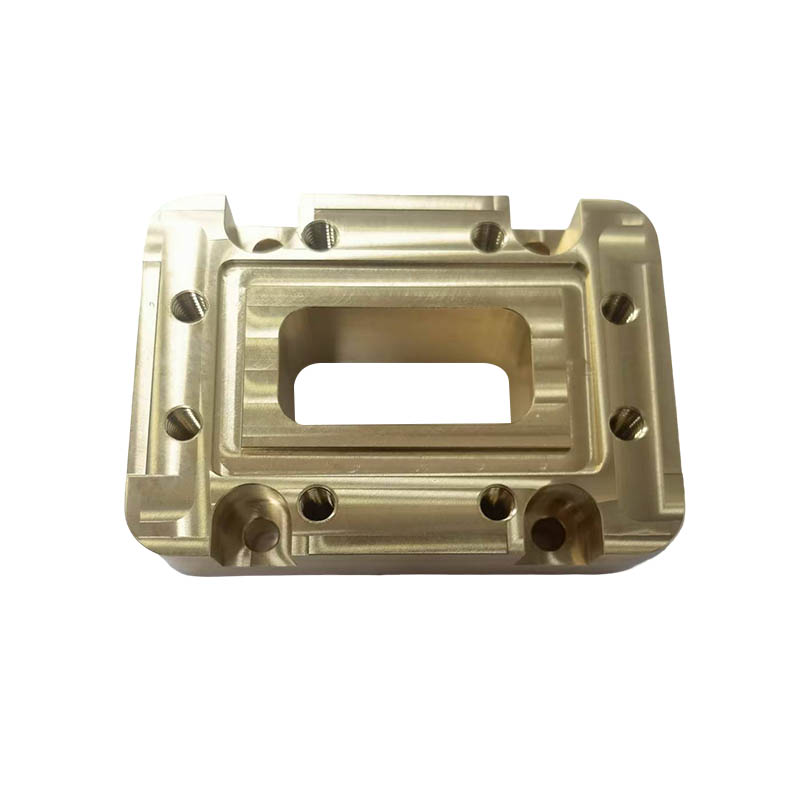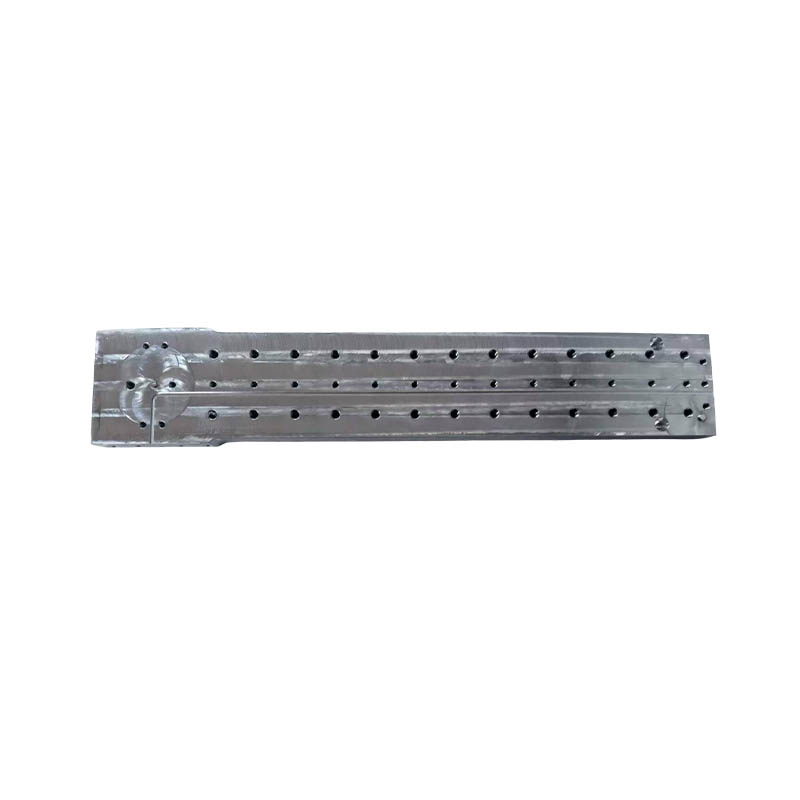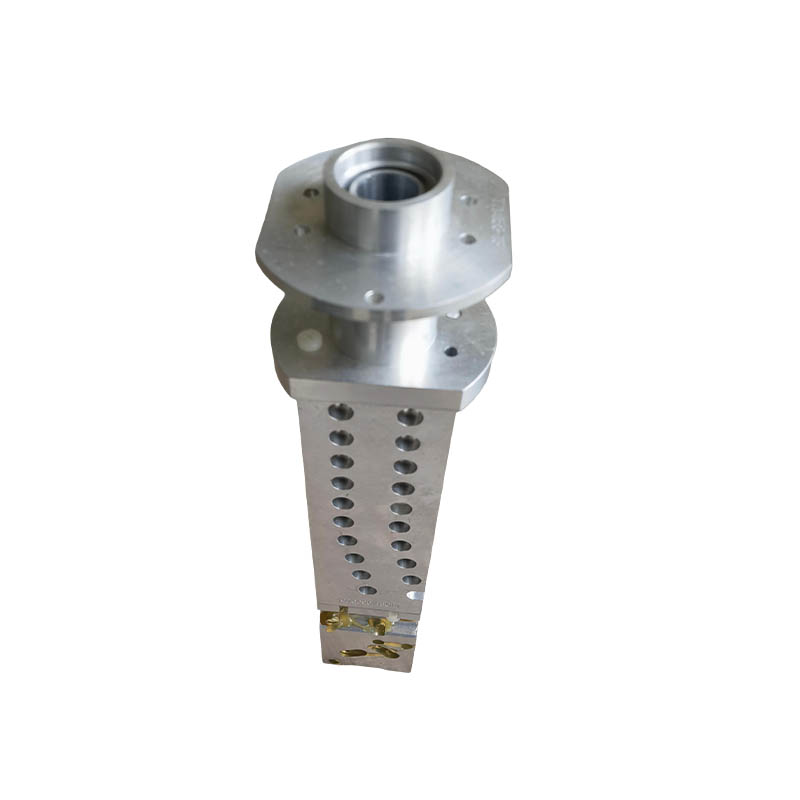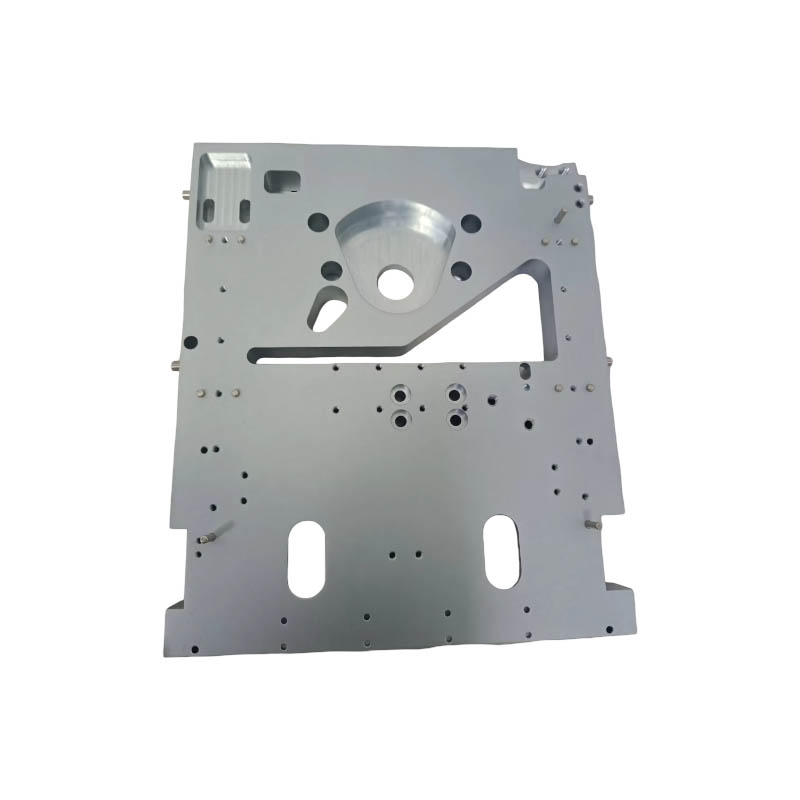How does the surface finish of precision parts in microwave products reduce signal transmission loss?
Release Time : 2025-09-11
Precision parts in microwave products perform critical functions such as guiding, amplifying, filtering, and reflecting microwave signals. As operating frequencies increase toward gigahertz and even terahertz levels, electromagnetic waves become increasingly dependent on metal surfaces. Any microscopic unevenness can cause additional energy loss. Surface finish of components has become a key factor affecting signal transmission loss. Improving surface quality can effectively reduce conductor losses and improve overall system efficiency and stability.
1. The Physical Mechanism of Surface Roughness in the Effect of Microwave Signal Loss
When microwave signals propagate through metal conductors, they primarily rely on the "skin effect," where current density is concentrated in the thinnest regions of the conductor's surface (the skin depth is typically on the order of micrometers). Microscopic asperities, scratches, or burrs on the component surface lengthen the actual conductive path, increasing the equivalent resistance and leading to increased conductor loss. Furthermore, rough surfaces can cause localized electric field concentration, generating additional eddy currents and scattering. Some energy is dissipated as heat, reducing the effective output power.
2. High Surface Finish Reduces Current Scattering and Improves Conductive Efficiency
Microwave precision parts achieve near-optical-grade flatness through processes such as mirror polishing, electrolytic polishing, or ultra-precision cutting. This high surface finish significantly reduces the tortuosity of the current path, ensuring a uniform flow of electromagnetic waves along the smooth surface, reducing resistive losses. Furthermore, the smooth surface reduces unintended reflections and scattering of electromagnetic waves, improving signal phase consistency and transmission efficiency. Especially in high-value resonant cavities or narrowband filters, even a slight reduction in losses can significantly improve selectivity and quality factor, enhancing system sensitivity.
3. Inhibits Oxidation and Contamination, Maintaining Long-Term Conductive Performance
Rough surfaces have a larger surface area and are more susceptible to adsorbing moisture, dust, or corrosive gases in the air, accelerating oxidation and sulfurization. For example, a rough copper waveguide surface is prone to the formation of insulating layers of copper oxide or copper sulfide, further increasing contact resistance. High-quality surfaces, on the other hand, are dense and flat, resist contaminant adhesion, and are more susceptible to protective coatings (such as silver or gold plating). Silver has the highest conductivity and significantly reduces surface resistance, while gold offers excellent oxidation resistance. Applying a thin layer of precious metal onto a highly polished substrate achieves an optimal balance between conductivity and durability, ensuring long-term stable operation.
4. Precision Machining Ensures Surface Integrity
Achieving high surface finish relies on advanced manufacturing technologies. Microwave precision parts are commonly manufactured using methods such as five-axis CNC milling, wire-cut EDM, electrochemical machining, or laser micromachining to ensure both geometric accuracy and surface quality. After machining, vibration grinding, magnetic polishing, or chemical mechanical polishing are used to remove tool marks and burrs. Critical cavities are also vacuum cleaned and cleanly packaged to prevent secondary contamination during transportation and assembly.
5. Improving Overall System Performance and Reliability
Low loss in precision parts means higher energy efficiency and lower temperature rise. In high-power microwave systems, reducing conductor loss effectively controls heat generation, preventing structural deformation or material degradation caused by thermal expansion, and extending device life. This also improves signal fidelity and reduces bit error rates, making it particularly suitable for high-precision radar detection and high-speed data transmission. In summary, the high surface finish of precision parts in microwave products not only reflects the state-of-the-art manufacturing process but also represents a critical technical step in ensuring efficient high-frequency signal transmission. By optimizing machining, controlling roughness, and combining surface treatments, signal transmission loss can be significantly reduced, providing stronger and more reliable technical support for modern microwave systems.
1. The Physical Mechanism of Surface Roughness in the Effect of Microwave Signal Loss
When microwave signals propagate through metal conductors, they primarily rely on the "skin effect," where current density is concentrated in the thinnest regions of the conductor's surface (the skin depth is typically on the order of micrometers). Microscopic asperities, scratches, or burrs on the component surface lengthen the actual conductive path, increasing the equivalent resistance and leading to increased conductor loss. Furthermore, rough surfaces can cause localized electric field concentration, generating additional eddy currents and scattering. Some energy is dissipated as heat, reducing the effective output power.
2. High Surface Finish Reduces Current Scattering and Improves Conductive Efficiency
Microwave precision parts achieve near-optical-grade flatness through processes such as mirror polishing, electrolytic polishing, or ultra-precision cutting. This high surface finish significantly reduces the tortuosity of the current path, ensuring a uniform flow of electromagnetic waves along the smooth surface, reducing resistive losses. Furthermore, the smooth surface reduces unintended reflections and scattering of electromagnetic waves, improving signal phase consistency and transmission efficiency. Especially in high-value resonant cavities or narrowband filters, even a slight reduction in losses can significantly improve selectivity and quality factor, enhancing system sensitivity.
3. Inhibits Oxidation and Contamination, Maintaining Long-Term Conductive Performance
Rough surfaces have a larger surface area and are more susceptible to adsorbing moisture, dust, or corrosive gases in the air, accelerating oxidation and sulfurization. For example, a rough copper waveguide surface is prone to the formation of insulating layers of copper oxide or copper sulfide, further increasing contact resistance. High-quality surfaces, on the other hand, are dense and flat, resist contaminant adhesion, and are more susceptible to protective coatings (such as silver or gold plating). Silver has the highest conductivity and significantly reduces surface resistance, while gold offers excellent oxidation resistance. Applying a thin layer of precious metal onto a highly polished substrate achieves an optimal balance between conductivity and durability, ensuring long-term stable operation.
4. Precision Machining Ensures Surface Integrity
Achieving high surface finish relies on advanced manufacturing technologies. Microwave precision parts are commonly manufactured using methods such as five-axis CNC milling, wire-cut EDM, electrochemical machining, or laser micromachining to ensure both geometric accuracy and surface quality. After machining, vibration grinding, magnetic polishing, or chemical mechanical polishing are used to remove tool marks and burrs. Critical cavities are also vacuum cleaned and cleanly packaged to prevent secondary contamination during transportation and assembly.
5. Improving Overall System Performance and Reliability
Low loss in precision parts means higher energy efficiency and lower temperature rise. In high-power microwave systems, reducing conductor loss effectively controls heat generation, preventing structural deformation or material degradation caused by thermal expansion, and extending device life. This also improves signal fidelity and reduces bit error rates, making it particularly suitable for high-precision radar detection and high-speed data transmission. In summary, the high surface finish of precision parts in microwave products not only reflects the state-of-the-art manufacturing process but also represents a critical technical step in ensuring efficient high-frequency signal transmission. By optimizing machining, controlling roughness, and combining surface treatments, signal transmission loss can be significantly reduced, providing stronger and more reliable technical support for modern microwave systems.







